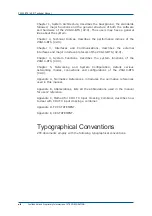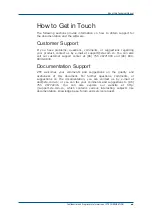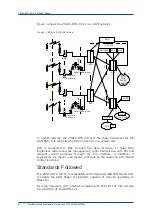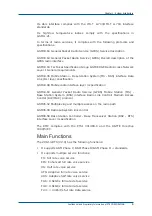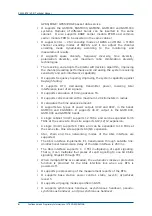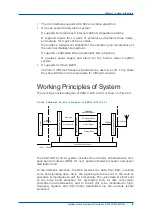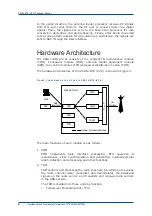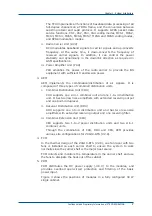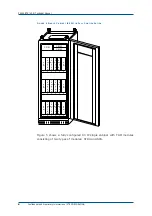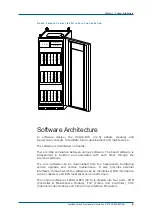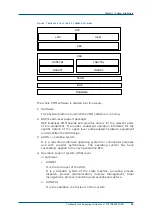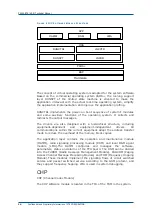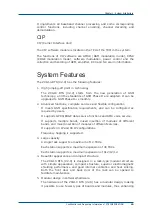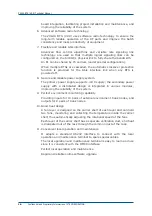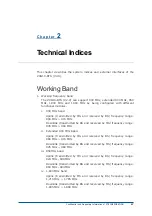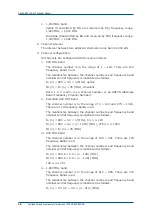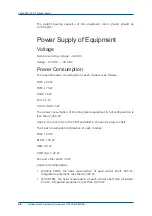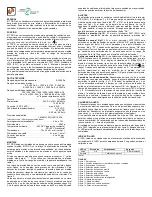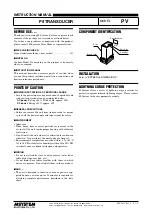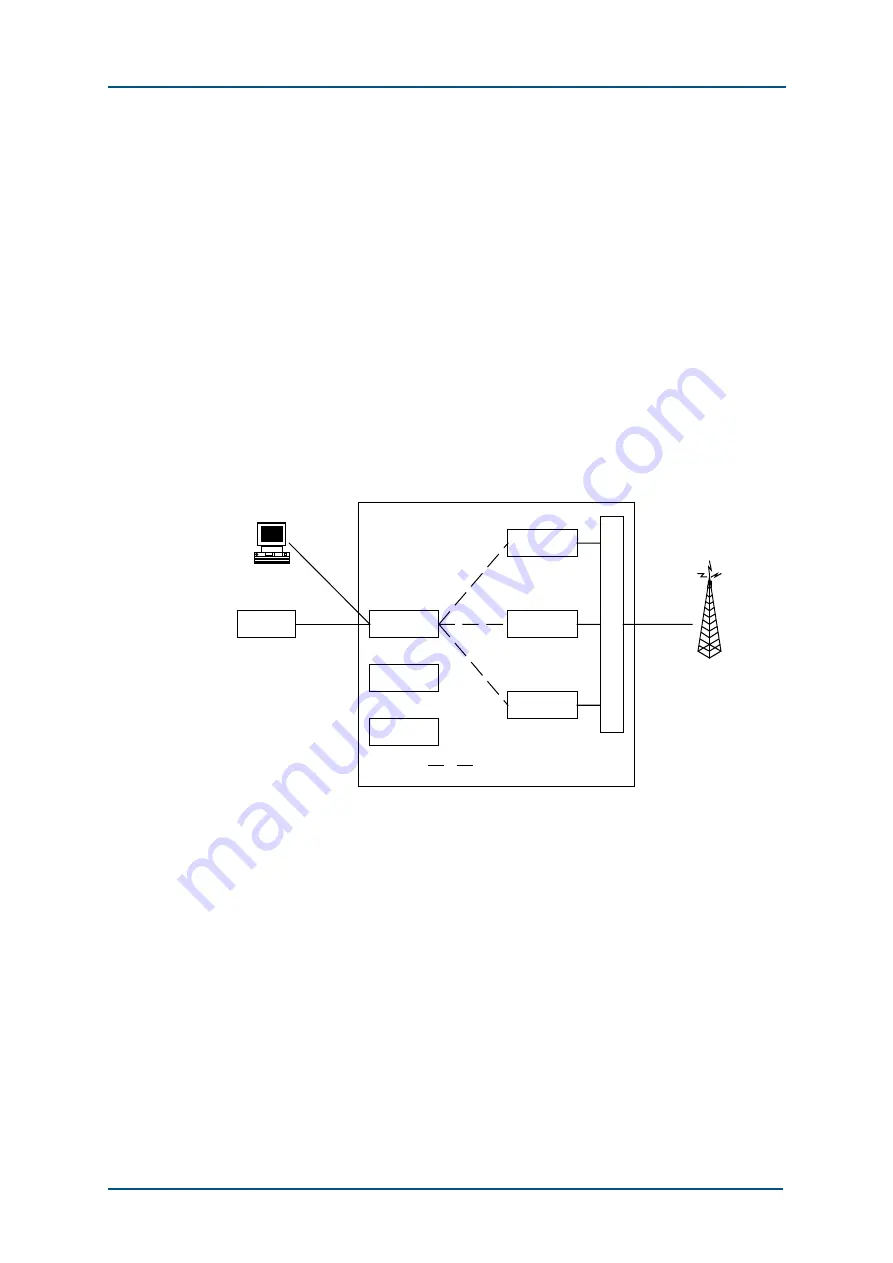
ZXG10-BTS (V2.9) Technical Manual
6
Confidential and Proprietary Information of ZTE CORPORATION
In the uplink direction, the antenna feeder processor receives RF signals
from MS, and sends them to the RF unit to convert them into digital
signals. Then, the signals are sent to the base band processor for rate
conversion, decryption and de-interleaving. Finally, after being converted
to the code pattern suitable for long-distance transmission, the signals are
sent to BSC through the Abis interface.
Hardware Architecture
The ZXG10-BTS (V2.9) consists of the controller & maintenance module
(CMM), transceiver module (TRM), antenna feeder equipment module
(AEM), fan control modules (FCM)and power distribution module (PDM).
The hardware architecture of the ZXG10-BTS (V2.9) is shown in Figure 3.
F
I G U R E
3
H
A R D W A R E
A
R C H I T E C T U R E O F
Z X G 1 0 - B T S ( V 2 . 9 )
CMM
PDM
FCM
TRM1
TRM2
.
.
.
TRM12
A
E
M
Um
Interface
Internal Communication Bus
ZXG10-BTS
(
V2
)
BSC
Abis
Interface
MMI
The main functions of each module are as follows:
1. CMM
CMM implements Abis interface processing, BTS operation &
maintenance, clock synchronization and generation, internal/external
alarm collection and processing and other functions.
2. TRM
TRM controls and processes the radio channels; transmits and receives
the radio channel data; modulates and demodulates the baseband
signals on the radio carrier; and transmits and receives radio carriers
in the GSM system.
The TRM is divided into three units by function:
i. Transceiver Processing Unit (TPU)
Summary of Contents for ZXG10-BTS
Page 4: ...This page is intentionally blank ...
Page 8: ...Figures 121 Tables 123 ...
Page 9: ...This page is intentionally blank ...
Page 10: ......





